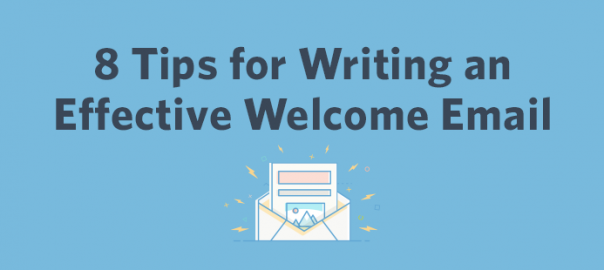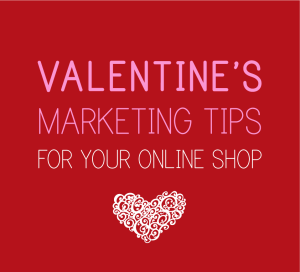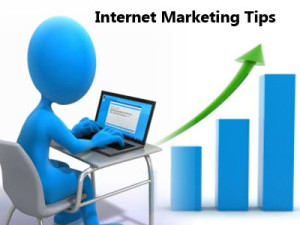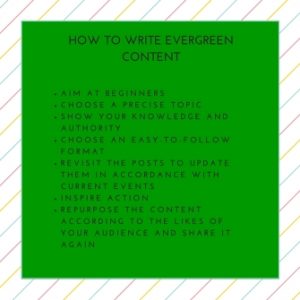
A welcome email is one of the most important aspects of email marketing.
Your welcome email sets the tone for the relationship you plan to build with your new supporters and helps engage them in your mission.
And when done correctly, a welcome email makes recipients feel enticed by your organization and interested in supporting your cause.
Here are eight tips to help you create a more effective welcome email.
1. Send your welcome email promptly
Aim to send your welcome email as soon as possible after someone joins your email list. Your subscriber has shown interest and intent by joining your list — which is why it’s important to act fast.
In fact, subscribers are the most engaged within the first 48 hours of subscribing according to a Ciceron report.
2. Create a nurture track
A welcome email should pave the way for a larger nurture track for new donors to follow. Use that initial engagement to your advantage and start guiding donors down a series of targeted emails toward specific levels of commitment.
Your welcome email acts as a starting point to a larger goal. This may include welcoming donors into a regular communication cycle, encouraging them to volunteer, or persuading them to give again.
Here are some quick tips for creating a welcome email series for your nonprofit.
3. Tailor your messaging
Not every donor is the same, so your messaging shouldn’t be either. New supporters come in through different channels and therefore they don’t all share the same connection to your organization.
Your first-time donors will be more likely to engage with your nonprofit organization when you tailor your messaging in a way that’s relevant to them. That means you should craft your welcome email and onboarding series according to the channel in which they were acquired.
Some questions you may want to ask when crafting an appropriate welcome message include: Did they respond to a direct appeal? Or did they already donate to our cause? You may wind up losing a potential supporter by asking for a first-time gift when they’ve already given. Knowing how you acquire new supporters can help you avoid costly mistakes.
4. Share important details about your nonprofit
While your supporters may have done some research on your organization before subscribing to your email list, you should still use your welcome email as an opportunity to inform the reader about your cause and inspire them to support your mission. Share important facts and details about your nonprofit, such as a success story or the impact your organization has made over the past year.
A good way to showcase a success or impact story is through visual content such as an infographic, compelling photos, and videos. Adding media to your email is a great way to form instant connections with your readers in an engaging format.
5. Use actionable language in your subject line
Someone just signed up for your email list, and you’ve sent your initial welcome email to them. The defining moment comes next: will they open it and read your message or will it get lost in the clutter of their crowded inbox?
An effective way to ensure email recipients open your welcome email is to use compelling language in your subject line. Examples of this include, “We’re not a charity. We’re a movement.” or “Welcome to the team. Let’s start building!”
6. Have a call to action
Welcome emails generate four times the total open rates and five times the click rates compared to other bulk promotions, according to Experian. Each email in your welcome series should give your donor a clear call to action with a next step to take.
Your first few emails should include softer asks, whether it’s to watch a video on your organization’s impact or follow you on social media. After your first few emails, you can then make a bolder request, such as inviting them to attend a special event or donate to your cause.
7. Encourage social sharing
Your message is so great it should be shared with your supporters’ networks, right? This should be the case with every piece of email correspondence you send out.
Social media buttons that connect to your company’s Facebook Page, Instagram account, LinkedIn Profile, etc. should be included in every email you send. Not only does this give your supporters the opportunity to share your message with their friends, it also gives them an opportunity to further connect with your organization.
Give your supporters as many ways as possible to connect with you and share your emails.
8. Test your message
The old adage that practice makes perfect applies to most things in life, including email marketing. Nailing the perfect subject line or call to action the first time you send a welcome email may not happen. But you’re not alone. There are hundreds of examples of great welcome emails, and probably 10-fold more bad ones.
Take the time to test different messages in your welcome email to see how your audience responds. You can use metrics like opens when testing different subject lines, or click-through rates to test different calls to actions in your welcome message.
Key takeaways:
An effective welcome email is an invaluable piece of communication. A targeted communication strategy gives you a competitive advantage on donor retention and allows you to put your best foot forward.
Your welcome email should be a part of a track that new donors follow as you nurture the relationship, while providing them with valuable content to draw them to the level of desired commitment.
With these eight tips in mind, you can turn brand new supporters into life-long advocates of your mission.
For a deep dive into nonprofit welcome emails, as well as examples, get the complete Guide to Welcome Emails.
Digital & Social Articles on Business 2 Community(95)
Report Post







